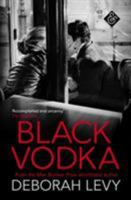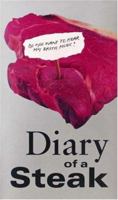The Need for Speed Caper
(Book #4 in the Carmen Sandiego Graphic Novels Series)
Select Format
Select Condition 
More by Deborah Levy
Book Overview
Adventure awaits in this full-color graphic novel, based on the Netflix series starring Gina Rodriguez. Take in all the action and excitement of Dubai and get a taste of geography, culture, and history with Carmen Sandiego--the world's greatest thief
Format:Paperback
Language:English
ISBN:1841762962
ISBN13:9781841762968
Release Date:August 2001
Publisher:Osprey Publishing
Length:96 Pages
Weight:0.65 lbs.
Dimensions:9.7" x 0.2" x 7.2"
Customer Reviews
4 customer ratings | 4 reviews
There are currently no reviews. Be the first to review this work.











































